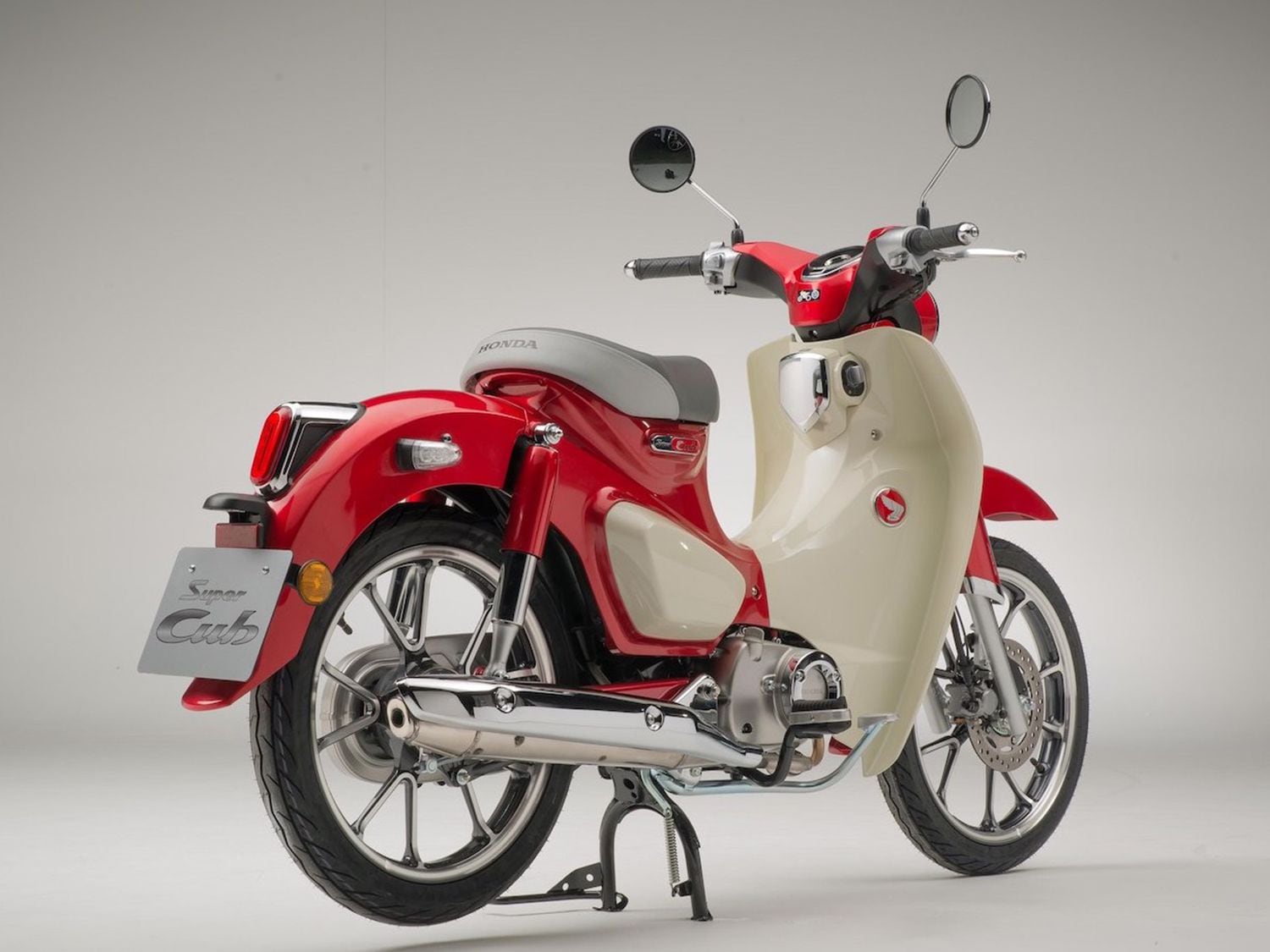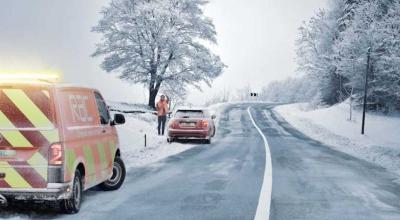Honda Super Cub: The Iconic Ride That Revolutionized Global Mobility

by AutoExpert | 11 November, 2024
Oh, get ready for a wild ride through the history of the Honda Super Cub and how it zipped its way into becoming a global sensation! Picture this: more than 100 million of these sleek, red and white bikes have been sold across the globe. That's more than the VW Beetles, Toyota Corollas, and Ford F-150s combined. Can you believe it? Now that's what you call setting records!
Let me introduce you to the Honda Super Cub, a true heavyweight in the world of two-wheelers. This isn't just any bike; it’s the most popular gasoline-powered vehicle ever. It's the bike that brought mobility to South Asia and gave Americans their first taste of Honda goodness back in 1958. This little motorbike is practically immortal, becoming as iconic as anything Santa’s elves might whip up for their North Pole joyrides.

But here’s a bit of a bummer—by May 2025, Honda plans to discontinue the 50cc Super Cub in Japan. It seems that electric bikes are the new hot thing, and sadly, the Super Cub just can’t meet the modern emissions standards anymore. It's like saying goodbye to an old friend, isn't it?

Yet, not all is lost. Remember the Beetle? It stopped rolling into the US in 1979, but it’s still a cult favorite. That's kind of like our Super Cub; you'll still see them zipping around the streets of Japan and other parts of Asia. They’re simple to fix, a blast to ride, and easy on the wallet—what’s not to love?
And let's not forget about the beefier Super Cub 125 or Honda’s fun-packed miniMoto range. These bikes keep the spirit of the original alive and kicking, bringing a touch of modern flair to the classic design.

Now, onto the quirky bits of Honda culture. Ever heard of "Waigaya"? It’s this cool concept from Takeo Fujisawa, Honda’s behind-the-scenes financial whiz. It means a loud, lively meeting where everyone’s ideas get tossed into the mix—though not always taken seriously. And Soichiro Honda? The man was a force of nature, often found in the thick of heated debates, not afraid to call out a "Baka-yaro!" (that's "stupid idiot" for us) when things got too heated.

This determined drive from Honda's founders was crucial. They were set on creating a bike that could handle Japan's rugged landscapes, be easy enough for a delivery person to ride one-handed, and pack enough power to make other bikes look like toys. And boy, did they deliver! The Super Cub was an instant hit in Japan, capturing 60% of the domestic motorcycle market by its second year.
Fujisawa had bigger dreams though. He set his sights on the US, where the motorcycle scene was tiny. But with a catchy ad campaign featuring everyday folks on Super Cubs and a catchy tune from the Beach Boys, Honda transformed the American motorcycle market.

The Super Cub's story is also a tale of cultural adaptation. In Southeast Asia, it became a staple, shaping the motorcycle culture there. Dennis Cheong in Vancouver kicks over a 1983 Honda Passport, his own spin on the Cub, showing how deep the love for this bike runs.
Even today, the Honda Super Cub stands out as a charming piece of nostalgia, dressed up with a shiny fairing and looking every bit as glamorous as it did in the 60s. It may not be tearing up the sales charts, but it continues to inspire a lineup of fun, accessible bikes like the Grom, Dax, Monkey, and the budget-friendly Navi—which, by the way, is a blast to ride for just under $2,000!

In the end, the Super Cub isn’t just a motorcycle; it's a cultural icon that changed the world by touching our hearts and stirring our spirits. It proves that when we love something that moves us, that love just grows and grows.

















